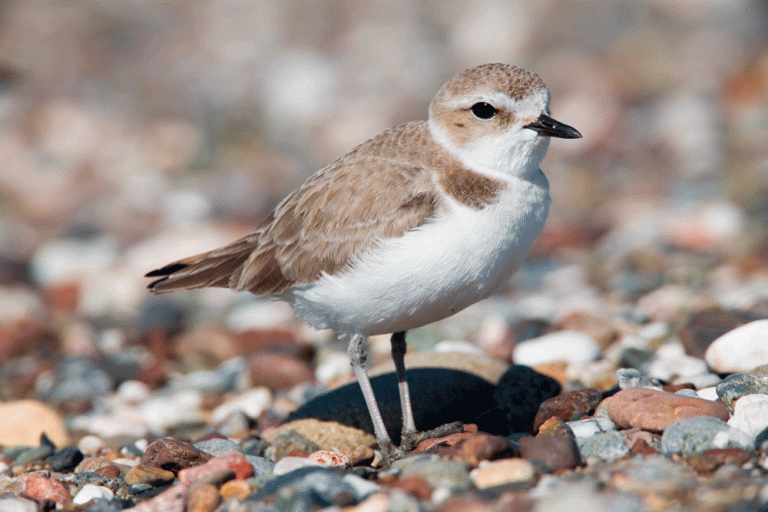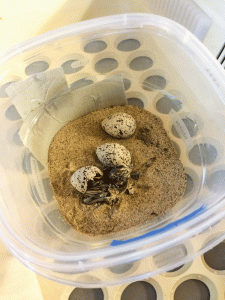
Tanner Walker
Staff Writer
The Western Snowy Plover returned to its beachfront home in Los Angeles this spring after nearly 70 years of absence. The small shorebird is a tiny, fragile creature with a difficult past and an uncertain future, but its return to one of the most crowded beach areas in the world may be a sign of progress.
“This is a sign that, against all odds, western snowy plovers are making a comeback and we really need the cooperation of beachgoers to help give them the space they need to nest and raise their young,” said Chris Dellith, senior biologist with the U.S. Fish and Wildlife Service.
The plover’s population began to plummet during the mid-1900’s, mainly due to human encroachment taking away the majority of their sensitive nesting sites. Plovers nest on dry sand close to the beach, a habitat that is in high demand for sunbathers and building developers.
Another challenge the birds face is the timing of their breeding. They breed from May to September, which means they raise their young during the months with the most human activity on the beach. Plover eggs are laid directly on the sand; they are constantly in danger of crushed by beachgoers or eaten by predators.

Plovers haven’t been seen nesting in the L.A. area since 1949 and have been listed as federally endangered since 1993. Since then, government and nonprofit agencies have taken measures to help protect and improve breeding sites along the coast. In 2001, U.S. Fish and Wildlife Services issued a recovery plan outlining steps to promote the plover’s recovery. The plan identified 62 locations in California with specific goals for the number of breeding pairs and chicks raised.
One of those locations is in Isla Vista. It starts out in front of the last houses on the 68 block of DP and stretches up the coast past Coal Oil Point and Sands beach. Last year, the site was the birthplace of 49 Western Snowy Plovers.
“This area had historically been a breeding site for snowy plovers,” said Jessica Nielsen, a conservation specialist at Coal Oil Point Natural Reserve. “Then, for about 30 years they completely stopped breeding here, right around the time the beach became open to the public. After the first year of the recovery program, we had our first successful nest with a fledged chick. It was immediately successful, all they needed was a little piece of beach that wasn’t being trampled by people.”
Nielsen and two other two other full time staff members, along with a team of volunteers and interns, manage the site to protect the plovers’ critical habitat. They place signs and fences warning beachgoers and have docents on the beach to share information. In addition, they help educate the public on the importance of preserving the beach as a whole.
“The plover serves as an umbrella species,” said Nielsen. “There [are] a whole bunch of other species that use the habitat we are protecting, you’ll see all types of birds and even things like endangered insects. By putting up those fences, we’re not just protecting the plovers, we’re protecting the habitat.”
Nielsen and the team at the reserve always have openings for students to help with their projects. For information on internships, volunteering, or research opportunities, contact Jessica Nielsen at copr.conservation@lifesci.ucsb.edu
















